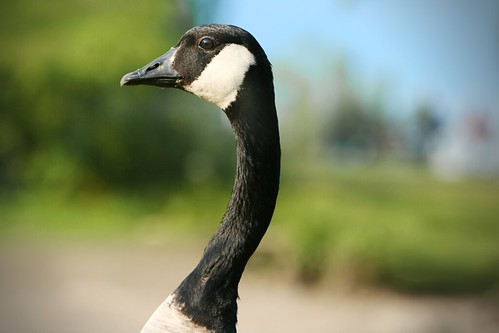growler
Senior Member
- Location
- Atlanta,GA
The problem is the wires, where they connect, are higher than the weatherhead. This is allowing the water to flow in. The crimps are not weathertight.
c2500
Read 230.54 (C). The service head or gooseneck shall be located above the point of attachment.
After looking at the photo I can tell that your point of attachment is higher than the weather head ( It's hard to tell how far above ).
The great thing about water is that it's predicatable and will not flow uphill. If the weatherhead were about 2 feet higher you wouldn't have a problem.


